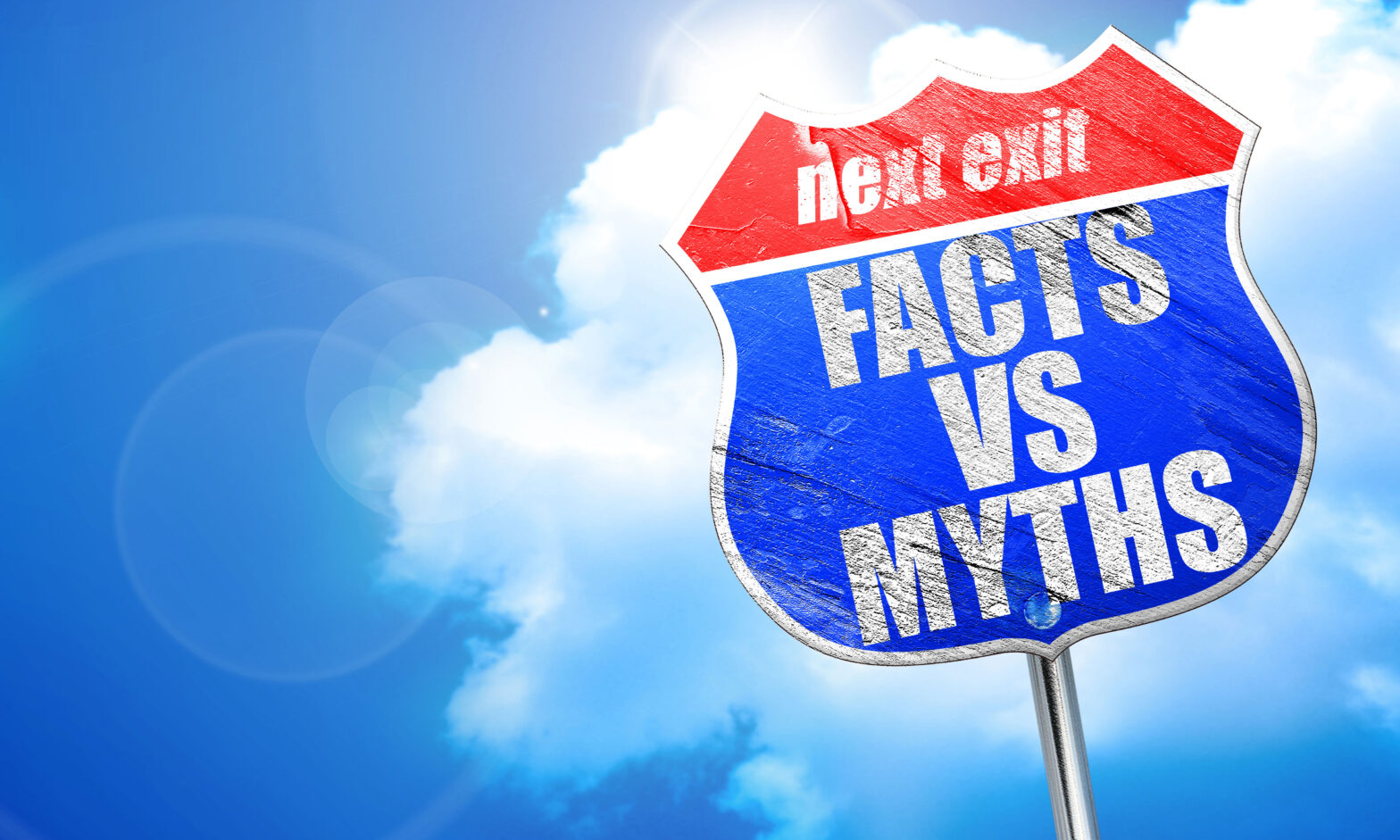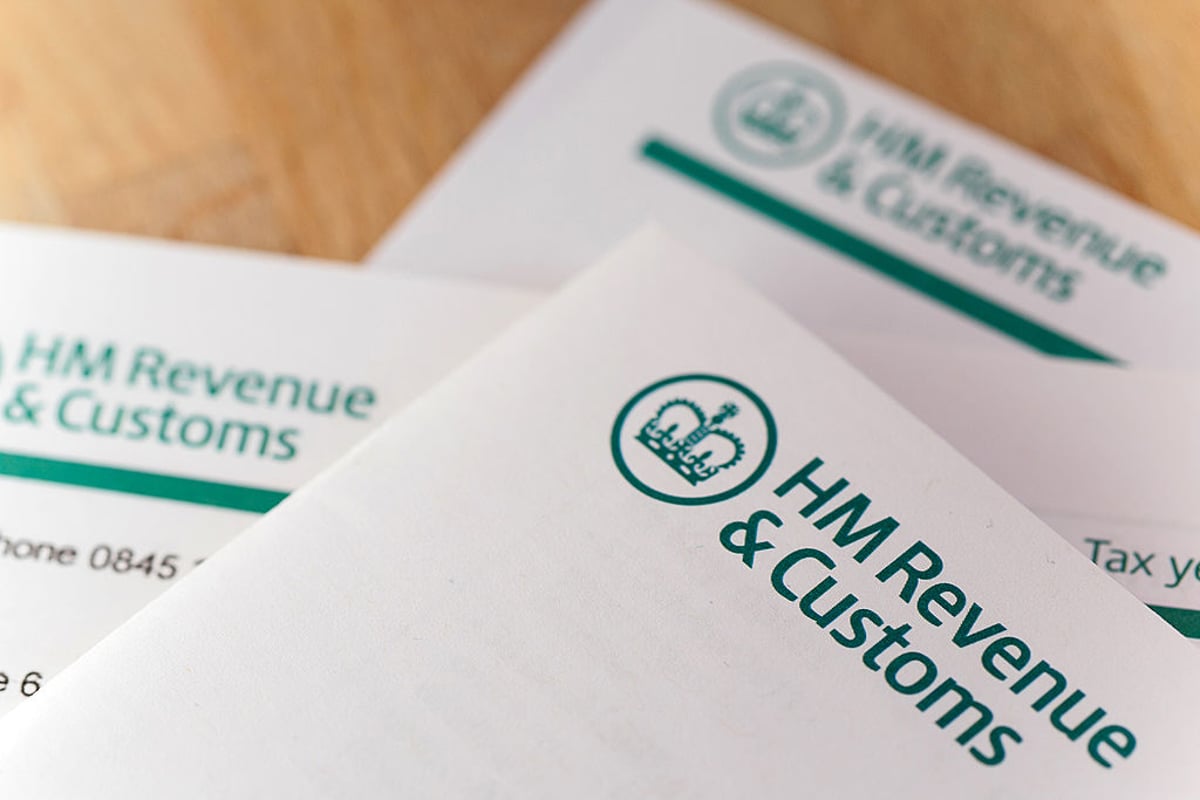A year after the final mandate for Making Tax Digital for VAT coming into force – with all VAT-registered businesses bound to comply – what do we know and what have we learned?
Small Business sat down with Fabiano Rocha, lead product marketing manager at Sage, to get his insights on what businesses need to look out for now, including key dates, possible penalties and the importance of not leaving returns to the last minute.
What has happened since MTD for VAT was mandated to smaller VAT businesses on 1 April 2022?
We know that Making Tax Digital is the biggest legislation change to the UK’s tax systems in a generation. Back in 2015, when it was originally announced, the intention was to digitise all kinds of tax submissions by 2020. However, the initial timeline was revised. and the programme really started with the first mandate back in April 2019 (for VAT-registered businesses with taxable turnover over £85,000).
Now that the first wave of MTD changes has ended – with the mandate for the remaining VAT-registered population back in April last year. Essentially, all VAT-registered businesses are now legally required to comply with MTD rules.
The mandate is law, and if any impacted business is yet to comply with the MTD rules around digital record-keeping and digital VAT return submissions, that business will be penalised as the date for closure of VAT online accounts has already passed.
So, when did VAT online accounts close?
From the 1 November, businesses will no longer be able to use their existing VAT online account to file their quarterly or monthly VAT returns. VAT registered businesses must now sign up for Making Tax Digital (MTD) and use MTD-compatible software to keep their VAT records and file their VAT returns.
From the 24 August, HMRC started contacting businesses that still need to sign up and get MTD-compatible software before November. Businesses that file annual returns will still be able to use their VAT online account until 15 May 2023.
How were businesses informed of this important change?
As mentioned, HMRC launched a communications plan that kicked off on 24 August 2022.
Mandated businesses yet to comply with the new regulation then heard about the new requirements through a series of emails or letters that informed them how to comply with the changes and what happens if they do not.
Since the 1 November, anyone who attempts to log in to their VAT online account will be informed that they are no longer available for quarterly and monthly filers.
Does that mean there will be any penalties for businesses that do not comply with Making Tax Digital?
New penalties for late submission will be applied to businesses if they do not meet obligations to submit their VAT return to HMRC on time.
Instead of receiving an automatic penalty from HMRC for every late submission, they will incur a number of points each time they miss a deadline and only be penalised if they hit a certain threshold.
The new penalty system applies to any VAT submissions for tax periods starting on or after 1 January 2023.
More information about how the new penalty system works can be found here.
Moreover, if a VAT-registered business files its VAT returns but does not use MTD-compatible software, it may receive a Filing Through the Incorrect Channel (FTIC) penalty.
The amount businesses may be charged is dependent on their turnover. For the businesses impacted by the mandate on 1 April 2022, that penalty applies to each return filed incorrectly, and the penalty would be £100 as their turnover will be below £100,000.
Making Tax Digital is bringing some big changes. What are the benefits?
I understand how daunting it can be to change ways of working when it comes to managing taxes. Most people are happy with how they currently do things, especially those with very small businesses that juggle multiple tasks and seek to focus on making sure their business is profitable.
But, Making Tax Digital and the adoption of digital accounting has many benefits for the taxpayer. Digital records and software help reduce common mistakes so taxpayers do not pay too little or too much. It reduces the scope for error by implementing automation and error checks that help improve accuracy.
Accounting software is built to automate and optimise repetitive admin tasks, which helps free up time, and this is something so important for any business – but especially the smaller ones.
Ultimately, MTD was implemented to make tax administration more effective, more efficient, and easier for taxpayers to get their tax right.
Any final thoughts?
One thing that hasn’t changed from paper to digital returns is that it’s best not to wait until the last minute to get things sorted.
Keep this four-step process in mind…
Step 1. Choose MTD-compatible software like Sage Accounting.
Step 2. Check the VAT configurations in software ahead of authentication with HMRC.
Step 3. Keep digital records for current and future VAT returns.
Step 4. Sign up for MTD at least seven days before your return is due, allow software to work with MTD, and file your VAT returns directly to HMRC.
Remember: MTD is not automatic. Even if your business already uses software to keep records and to file VAT returns online, you must not forget to sign up for MTD before you file your next return.
Thanks, Fabiano. Our readers report that Making Tax Digital has really helped to make tax more efficient. This is particularly true when they’re able to use accounting software that can connect with their bank account to get a 360-degree view of their business finances.
Small Business was speaking to Fabiano Rocha, product marketing manager at Sage.
This article was written as part of a paid-for content campaign with Sage.




